You’ve started reaching out to small or local businesses and you just landed your first deal. Congrats! And maybe you’ve heard it is usually the client who sends you their contract. But working with small businesses might be different, depending on their experience and size.
If you haven’t considered this yet, you can read how you can generate income and find jobs with small or local businesses.
I’ve started sending out my own contract to small companies because they usually don’t have one set up. Perhaps you’re in the exact same situation but wonder what has to go into your contract? Or you don’t want to mess up and make some of the same mistakes I did (see below)?
Well, let’s review the important points you should include in your licensing contracts.
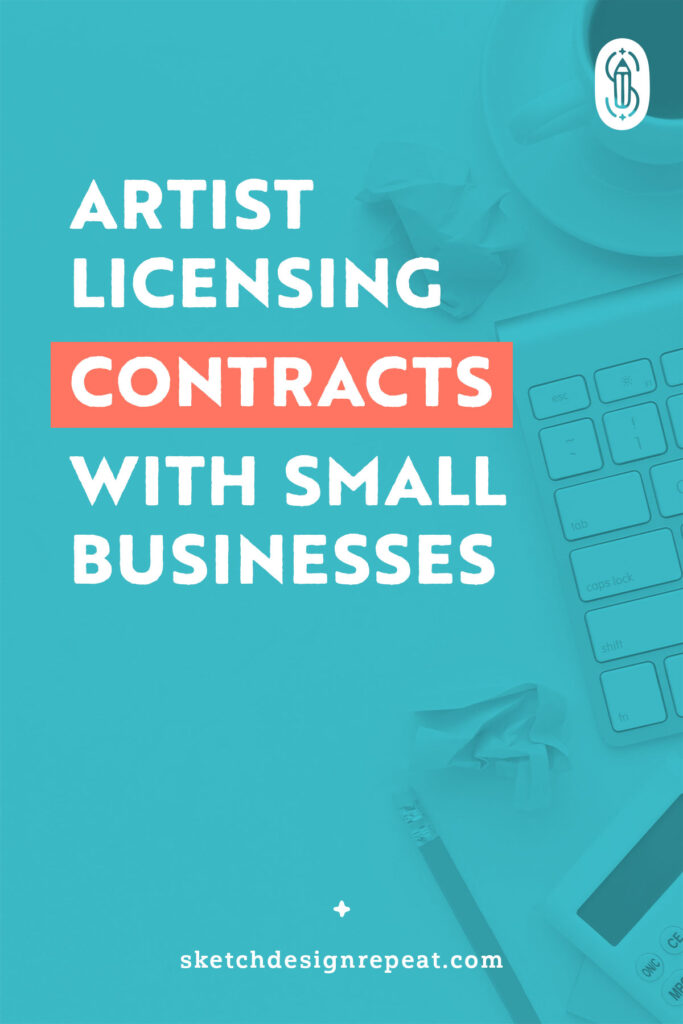
DISCLAIMER: The advice shared here is based on Nina’s knowledge as a working artist, but she is not a lawyer and this information should NOT be seen as legal advice. Please consult an attorney if you need legal assistance with your business.
To finalize a work relationship, both parties need to agree on a handful of conditions and sign a contract — you should NEVER work without a contract, especially with first-time clients. The possibility of your relationship going south might be small, but a contract will kick in if it ever happens. By signing a contract, both you and the client know what to expect. This will ensure the project will run smoothly and there’ll be no surprises.
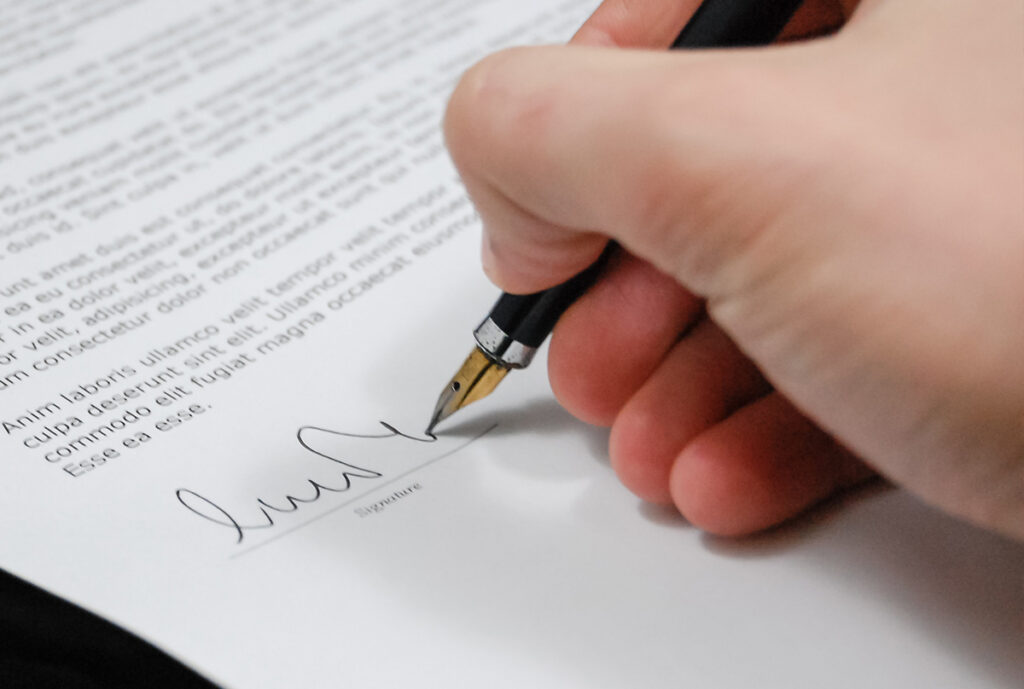
Benefits of writing your own contract
Usually, when working with small businesses, you are the one to write up a contract. There are a few reasons why this usually happens and why it’s to your benefit:
- Your client might not work with creatives regularly and doesn’t know the industry terms.
- You can make sure it covers everything it needs for you to be protected.
- It’s easier for you to negotiate as having parts added to a contract could be more difficult than modifying already existing segments.
- You show professionalism, which builds trust with your client.
Parts that should not be missing from any contract
1. Copyright
This is perhaps THE most important part and it should be negotiated with your client before signing a contract. Smaller businesses might assume that all work you create for them also belongs to them. But as you know, there are different options for allowing a client to use your work:
- Signing over all your rights to the client
The right of ownership can be transferred to a client via a full buyout or a work-for-hire situation. This will leave you without any rights to your created design and they can use the artwork for anything they see fit. - Granting them specific usage rights
If you don’t want to hand over your copyright, you can authorize them to use your design for specific purposes, time, or area. This is done by negotiating the details to a licensing agreement.
Either way you decide to work with them, I would always recommend adding in a clause that grants you the use of your designs for self-marketing purposes. This way, you can still show your artwork in your homepage, in your portfolio, or on your social media channels.
2. Payment
I know most of us are anxious to talk about money. But if we want to run a successful business, it’s something we have to get used to. Working with small companies might help you to get more comfortable in that area because projects are often smaller and happen more frequently than big licensing deals. So this is ideal to get your feet wet in the industry!
Deposit and Final Payment
When talking about payment, I always ask for it in two parts. A non-refundable deposit and a final payment.
The deposit has to be paid before I start any work. This will ensure that my client takes our work relationship seriously. It also allows me to pay bills and invest back into my business while working on a project and protects me if the client decides to call off the project after I’ve already started it. I’d recommend 50% of the total project value, especially with first-time clients.
The second part is the final payment. I usually ask for the remaining amount to be paid after the client signs off on seeing the low-res artwork, but before sending them the high-res deliverables. This will help you get paid and not run after clients for compensation.
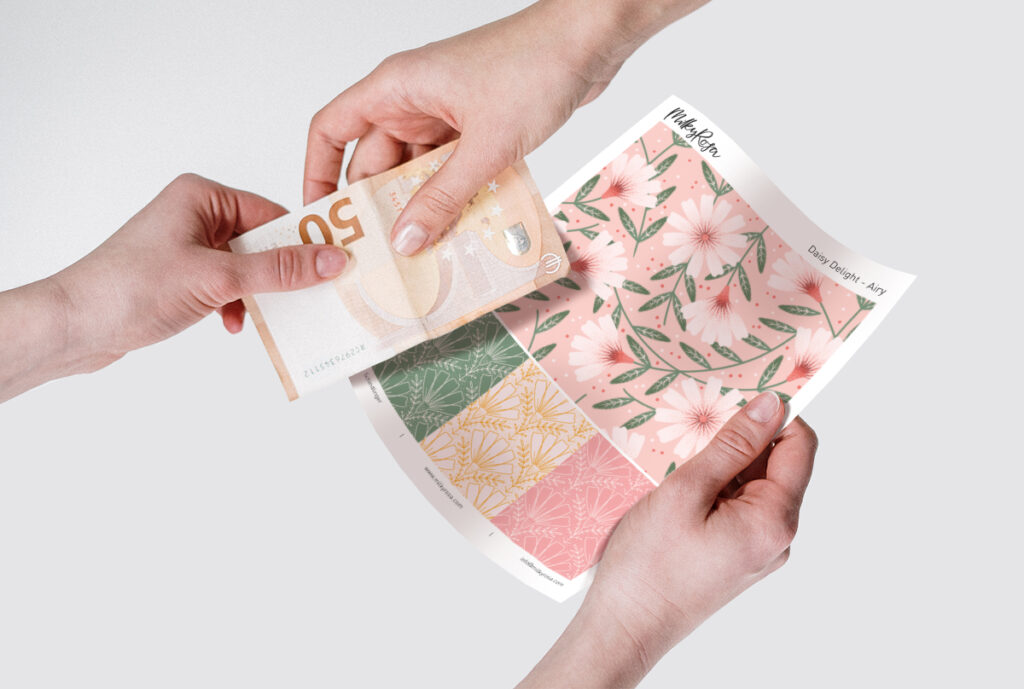
Payment Options
Make sure to add a paragraph that details how a client can make a payment. Options can be bank transfer, PayPal, or any other payment method you’d like. You want to keep in mind any extra costs and fees those payment options come with.
Also, set a time frame for when payments are due. Usually, 14 to 30 days after sending/receiving an invoice are the norm. These times are usually referred to as Net 14 or Net 30. Depending on the size of the client’s company, they might have set rules they need to follow, so you may need to be a bit more flexible on that part.
3. Cancellation
You still want to get paid, even if the client decides to terminate the collaboration after you’ve tarted to work on their project. This is called a kill fee. I recommend working out staggered percentages, depending on your current working stage during cancellation. These could be drafts, sketches, color studies, and final artwork. Depending on how you work and the scope of the project, there might even be more stages you want to add in.
If a client decides to terminate a project, you’ll always want to get paid for your work, but might decide to waive the licensing costs. Just make sure that how you want to handle these situations are written down in your contract.
4. Rush Work
Sometimes small businesses might feel like you work solely for them and ask you for work that has to be delivered in a very short timeframe. I always hate this, because it means I have to switch around my schedule to accommodate their lack of planning.
But I’ve learned from my mistakes and now ask for compensation so at least if I have to work during odd hours, I get something in return.
You can work out different rates depending on how quickly they need the work to happen and which parts of the project are affected. I also add that I need to confirm and agree to their demands. This way they know that their request might be accepted or declined, but it’s not taken for granted.
Shannon recommends inside Artful Pricing & Negotiation that any project that’s less than 3 weeks should be considered a rush project and has lots of advice on how to push back when clients ask too much of us.
Related Article: 3 Tips to Negotiate Higher
Freelance Rates in Surface Design
5. Revisions
Stating a specific amount of revisions is one of the biggest things I’ve learned! In the past, I’ve worked with a client on a logo design and I didn’t write the number of revisions into the contract. We ended up with over 60 different versions! This was super frustrating because I didn’t calculate this additional time into my price.
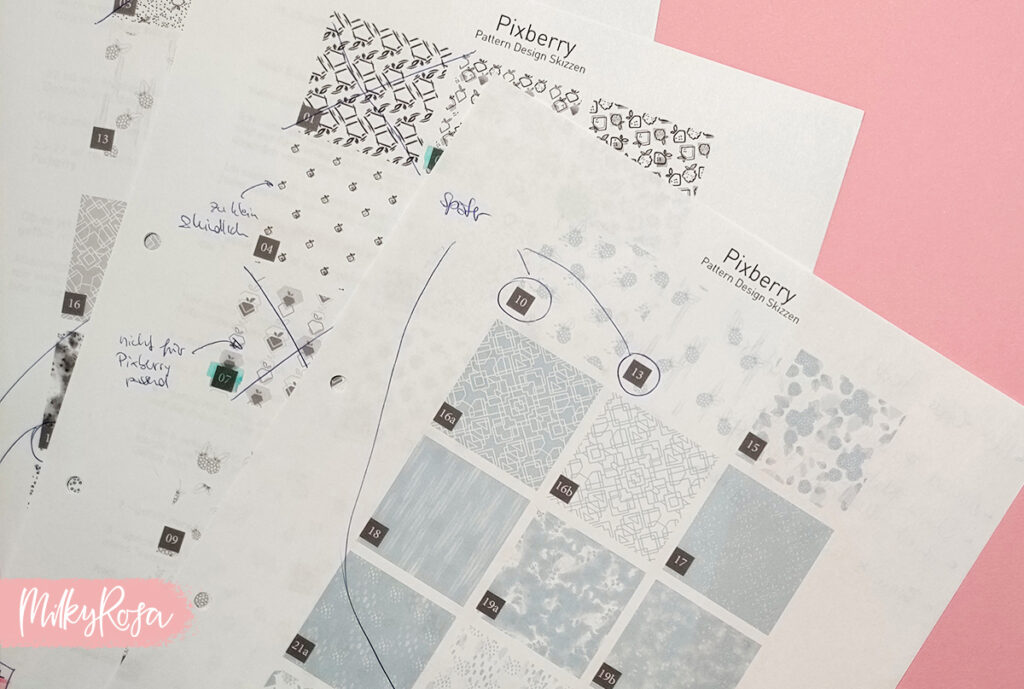
Two revisions are usually a good starting point. In addition to the number of revisions, you might want to add when the client can ask for them. I accept them only during the sketch and color study phases. If a client needs additional revisions or changes to the finished design, I charge them an hourly rate. This helps me to calculate my price accurately.
6. Deliverables
Make sure you write down exactly what you are going to hand over to the client at the end of your work relationship. This will ensure that there are no hard feelings and you are being compensated fairly for your work. Because there’s a difference in value if you send them a PNG versus your complete design file.
I also like to add an automated approval deadline. This ensures that clients can’t ask for changes some odd weeks later, because they never looked at the design after receiving the final draft.
When I finish a project, I want it off my desk to focus on new projects. But it also helps me to organize my back-office time for sending out invoices and to structure my upcoming workdays.
7. Property
Ownership of Reference Material and Sketches
This is especially helpful if you work with buyouts or in a work-for-hire situation. Just imagine you created five different pattern sketches for your client to choose from and they picked the one they liked best. You then turned it into a finished design. Wouldn’t it be a waste to also sign over your rights for the other four designs?
I would suggest you only sign over your copyright of the final design and keep the rights to all your other reference materials and sketches, which you can use and finish for your own portfolio.
This takes into account though, that none of the motifs are based on your client’s intellectual property (such as logo, products, etc.) or have been used the in the final design they did choose.
The Right to Alter
Just because I create artwork for a client doesn’t mean I’m ok with them altering the design in any way they like. The final project reflects on me and my business and I want to be in control of how the client can use my work.
That’s why my contracts state that my designs must not be changed, retouched, or altered in any way without my consent — I learned inside Shannon’s course that this is called a Design Approvals clause. However, this could be much harder to negotiate in a buyout situation, but you can always give it a try.
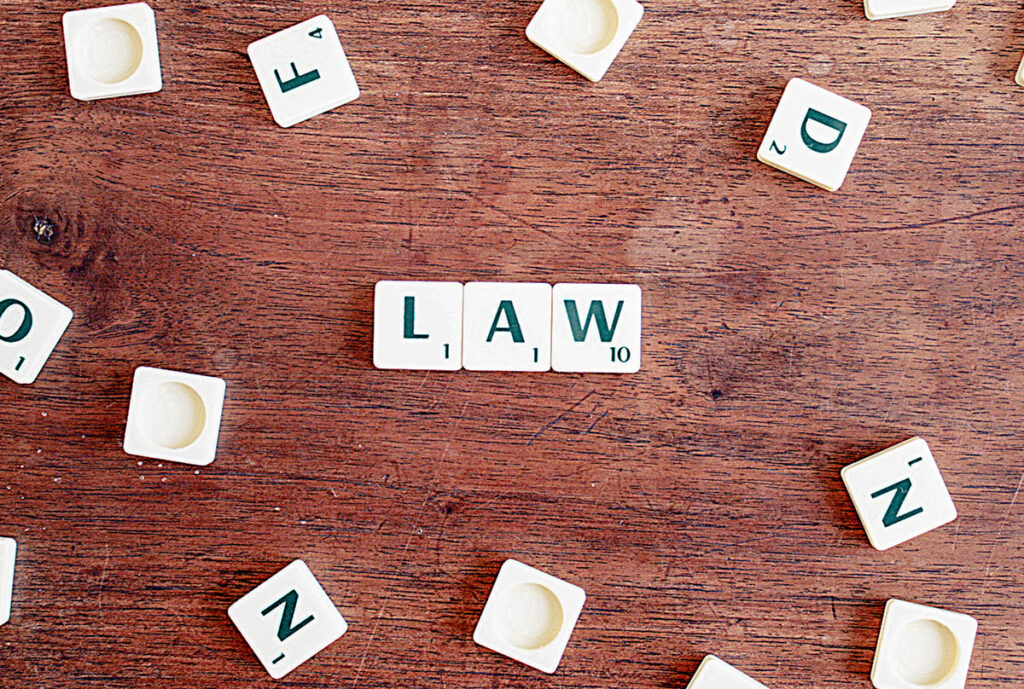
Bonus Tips
- Try to use percentage amounts as often as possible, because they stay relative to your project’s value. A rush fee for a $5,000 project should be higher than a $100 one.
- To make things more clear to your client, send your terms and conditions out with any quote. This way they know beforehand what they can expect from working with you and there are no surprises during the contract stage.
- You can arrange for additional compensation (such as vouchers, samples, or services), which are valuable in themselves, but never work for free. Exposure is not payment! Your work is valuable, so the price for your designs should be paid accordingly.
- You might want to request a set number of samples if you’re designing for physical goods.
- If you work with repeat clients, you might not want to sign a contract every single time. You could write up a base contract, which states that all future projects will be handled via confirmation order only. Make sure the confirmation order references the signed contract.
- I know I already said this, but it’s worth repeating: NEVER ever work without a contract! Some clients might feel that signing a contract is to their disadvantage. Make sure to talk them through any points that are unclear to them and ensure them it is in their best interest as well. Because a contract will protect you and them. And of course, a contract is up for negotiation. I’ve changed my contracts a few times for my client, because the work relationship has to benefit me and them.
I hope you found these tips helpful! Remember to consult a lawyer in your country to make sure your contract is legal to keep you safe and secure. But if you’d like a lot more advice on how to negotiate contracts, Artful Pricing & Negotiation can help fill in SO many gaps for you!
Or maybe you’re just starting with your design business? Read how to set up your business in 5 easy steps.

Written by Nina Schindlinger
Website: www.milkyrosa.com
Instagram: @milkyrosadesignagency
Nina, founder and creative director of MilkyRosa Design Agency, specializes in crafting branding and product designs for companies young-at-heart. Her unique style, known for its bold, playful, and charming elements, not only creates stand-out client projects but also breathes life into her own product line, adding a sense of fun and colour into the world.
Oh gosh thanks so much. That’s a wholesome content shared.
Ah thanks! Glad you found it helpful 😀
Great read
Cheers!
These points are really great and I think it covers a lot to start as a beginner. Thank you and grateful!